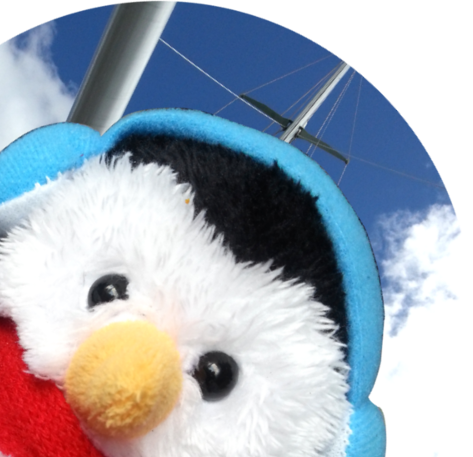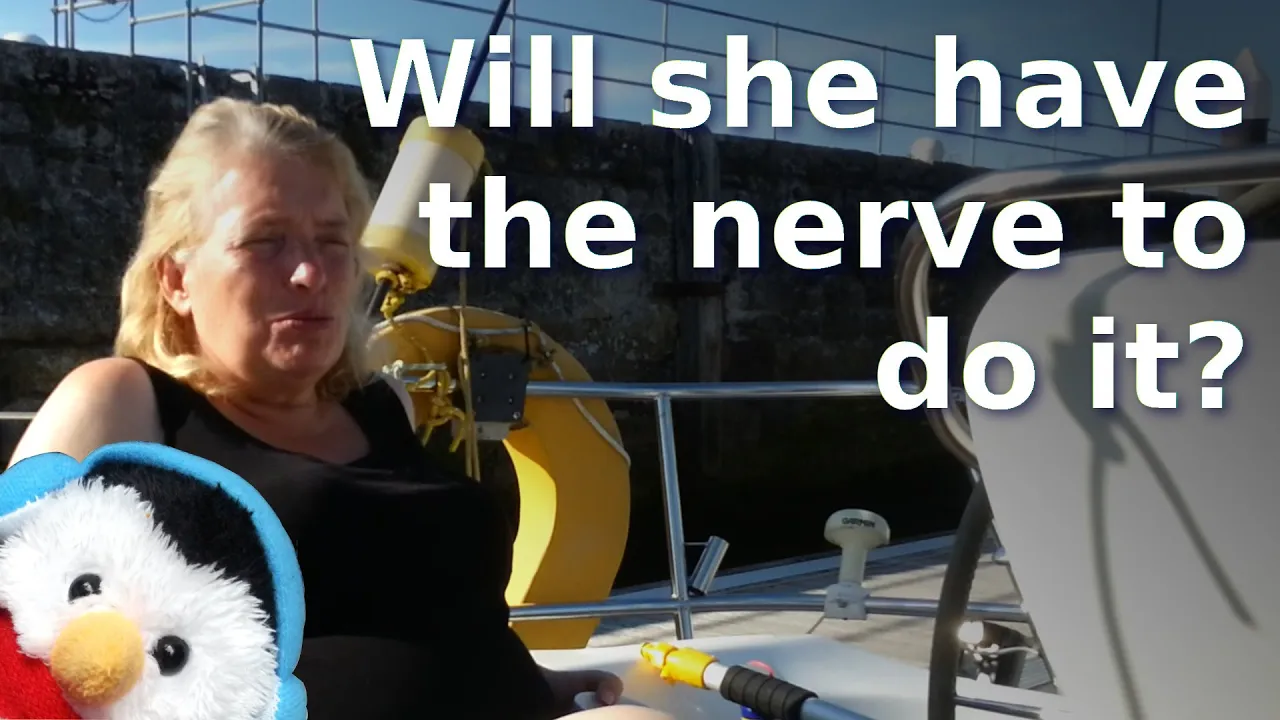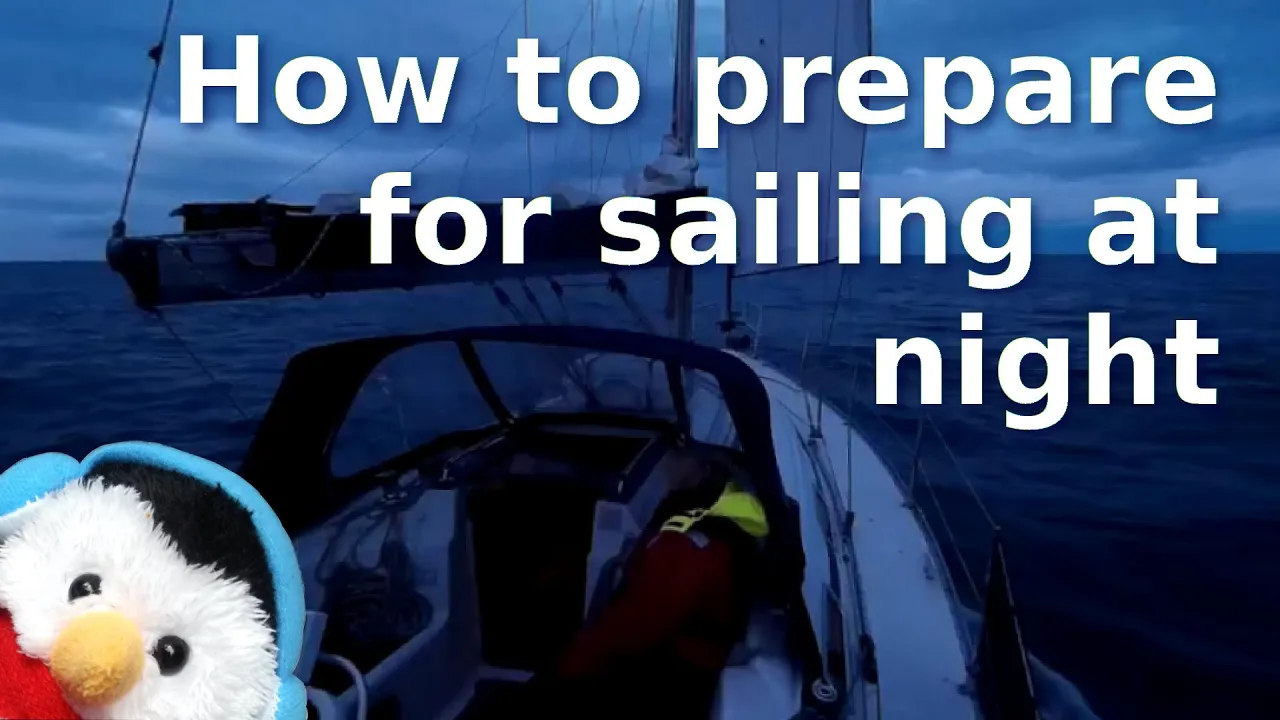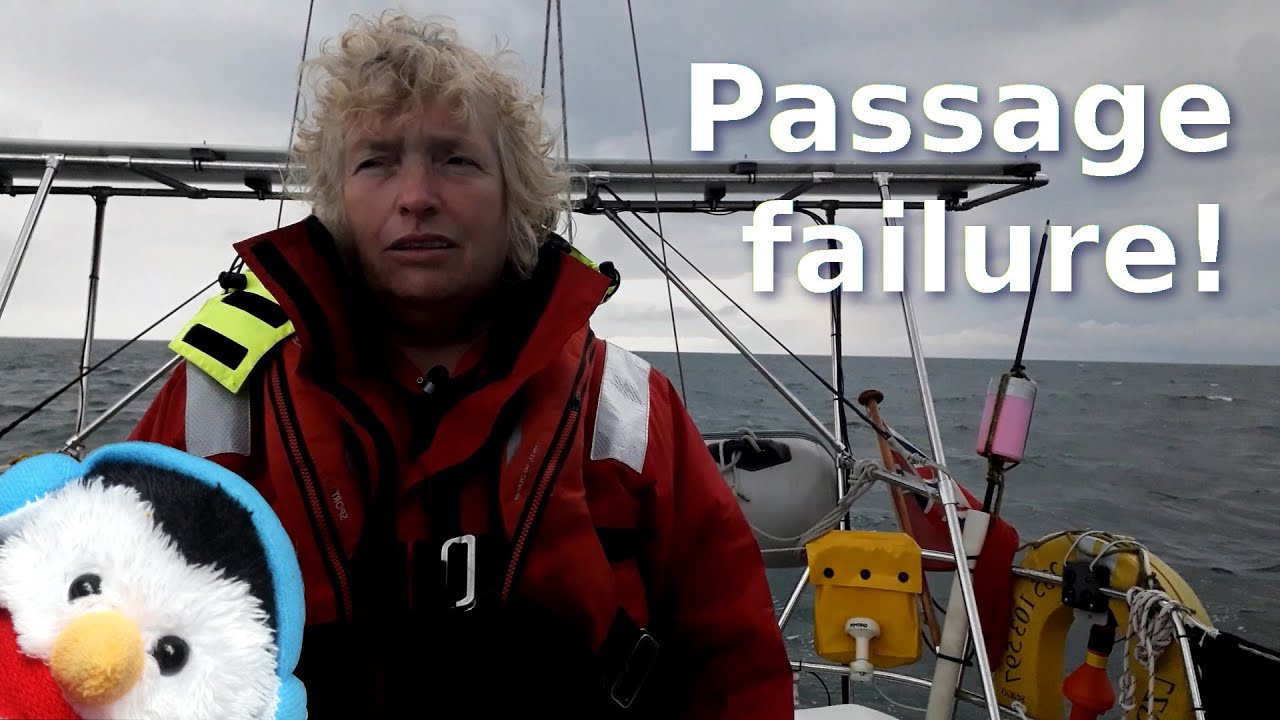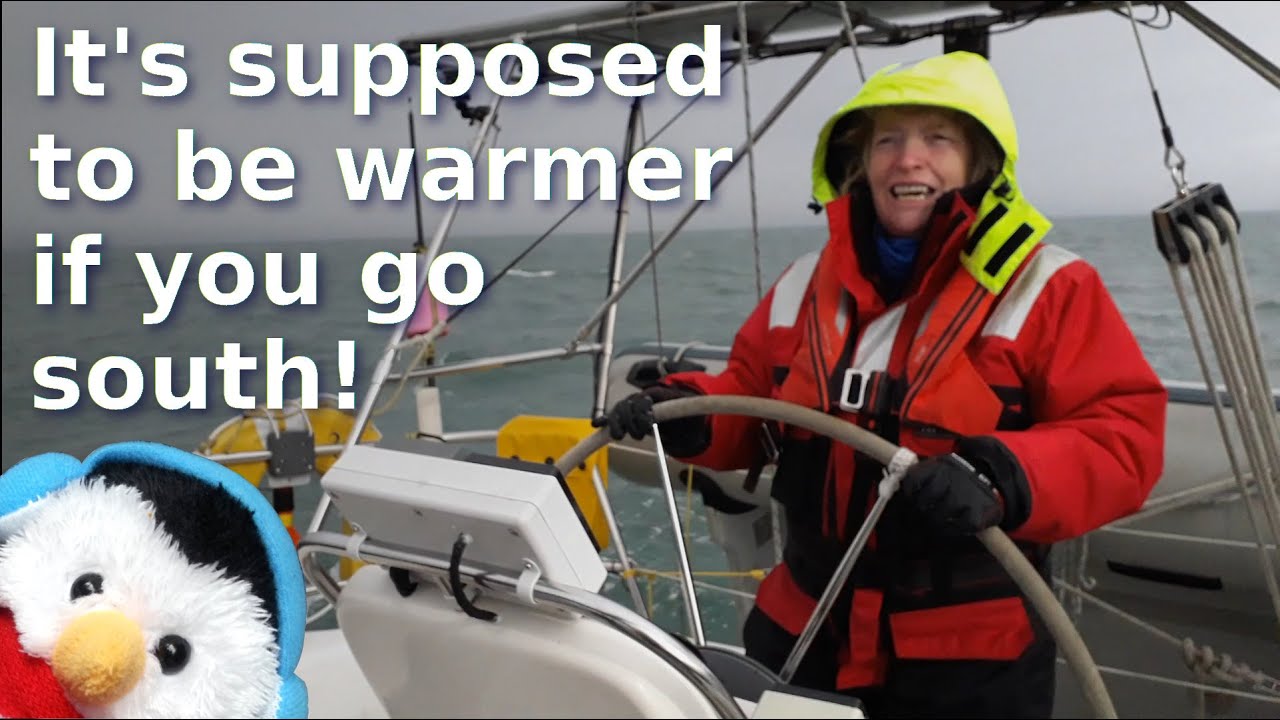Well it has been particularly cold, wet and miserable down at the marina, so seeing as most of the jobs that we need to complete are outside we decide to share our hardest lessons. So we concentrated in and around the Irish Sea and chatted about what we had learned and the tricky spots that we had en-counted.
The conversation had started within a facebook group, called Sailing and cruising in Northern Ireland, following an article in one of the sailing magazines. The conversation was about rips, tides and overfalls, so it got us chatting on where we had issues and the lessons that we had learned from them.
So our eight areas of interest in the Irish Sea are
Liverpool
This is a long channel, which is governed by Mersey VTS, so you need to keep them informed about your progress. The currents can be quite severe so do make sure that you are going with the flow otherwise you are not making much headway. Try and arrive at the marina entrance at high water slack so that you can enter the marina safely, but expect to do some ferry gliding on your way in. You can leave and come into Liverpool via the rock channel and we have done a blog on that, but if you are going that way make sure that you have plenty of water under your keel as at low tide that area is a sand bank.
Mull of Galloway
Looking at Google Earth you can see that parts of the sea bed have been hollowed out, there are smooth edges to the land which indicates that there is a strong tide running and on top of that it is a headland, so expect to see rips and overflows in that area. We were advised by the locals in Portpatrick to stay well out and that is the advice that we are passing on to you.
Swellies
This is a little tricky area to navigate and reading the pilotage for this area is essential. but we have done a blog on this passage and that can help you too. The main issues you have are making sure that you arrive at slack, which is not the same time as high water or low water even thought they are referred to as high water slack and low water slack, and that you understand leading lines. The Menai straights is a long thin channel which means that you can get strong winds and strong currents.
Caernarfon Bar
Just south of the Swellies is Caernarfon bar with its shifting sands, so make sure that you have the latest pilotage notes from Victoria Docks Harbour master, and enter them into your chart plotter. Remember that the eyeball is king, because the buoys are moved on a regular basis and remember that when you make a commitment to go out, you are going out and are not coming back in, so make your decisions wisely.
Conwy
Conwy is a tidal marina which means that you have to get there at a certain time. There is a very thin river, which means that the tidal flow can be quite strong. On top of this, you can be protected by the river, then go a short distance and you are in the full force of the wind.
St. Bees Head
St. Bees Head is a very good example of contrary head, which basically means the tide splits at that point, so you are either pushed away from St. Bees head or you are sucked towards it, depending on the state of tide. You can also get a lot of wind over tide in that area because of the strong winds and currents. We had a particularly bad time going around it and we had to go well out to avoid the very lumpy seas in that area.
South Stack at Anglesey
The main problem we had there was that we arrived at South stack at the time we wanted but we did not think about the state of the sea North of that, we had arrived at South Stack at slack which put the tide North of South stack against us. We practically had a sea of water before us, so we came in towards the land where the sea was less bumpy. This inside passage was there when we came around the point, but exactly how long that would last, I don't know, Even in the inside passage, the sea state was pretty rough, so take precautions in this area,
Chicken Rock
We had been around Chicken Rock once before and it had been quite calm, but on that particular day we had 40knots of wind, and the sea was quite rough. The main lesson we learnt that day was it is okay to turn back, Also the calf sound is no where near as bad as the pilotage says, but get the tidal information for the island off the Isle of Man government web site. It really helps and allows you to time your passage correctly
So that's our quick guide to the Irish sea, we just nope that people find the information useful.
